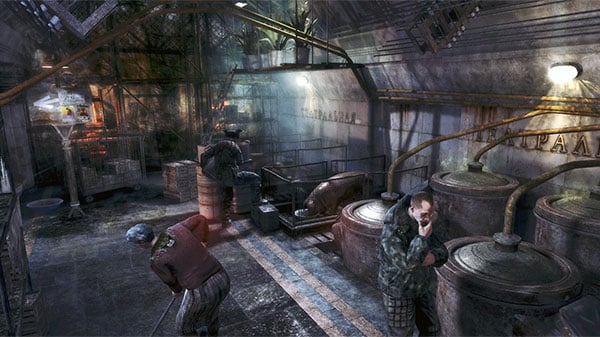AMD Radeon R9 Nano Review: Small But Mighty Fiji Unleashed
Metro Last Light Redux is your typical post-apocalyptic first person shooter game with a few rather unconventional twists. Unlike most FPS titles, there is no health meter to measure your level of ailment; rather, you’re left to deal with life, or lack thereof, more akin to the real world with blood spatter on your visor and your heart rate and respiration level as indicators.
Metro Last Light Redux boasts some of the best 3D visuals on the PC platform and includes a DX11 rendering mode that makes use of advanced depth of field effects and character model tessellation for increased realism. This title also supports NVIDIA PhysX technology for impressive in-game physics effects, though we left them disable here. We tested the game at resolutions of 2560x1440 and 3840x2160 with its in-game image quality options set to their High Quality mode, with DOF effects disabled.
|

The purple bar designates (roughly) the 30 FPS / 33ms mark. And since none of the cards put up playable framerates at 4K with the high-quality settings we used in this game, they all spend most of the test with frame times well above 33ms.









